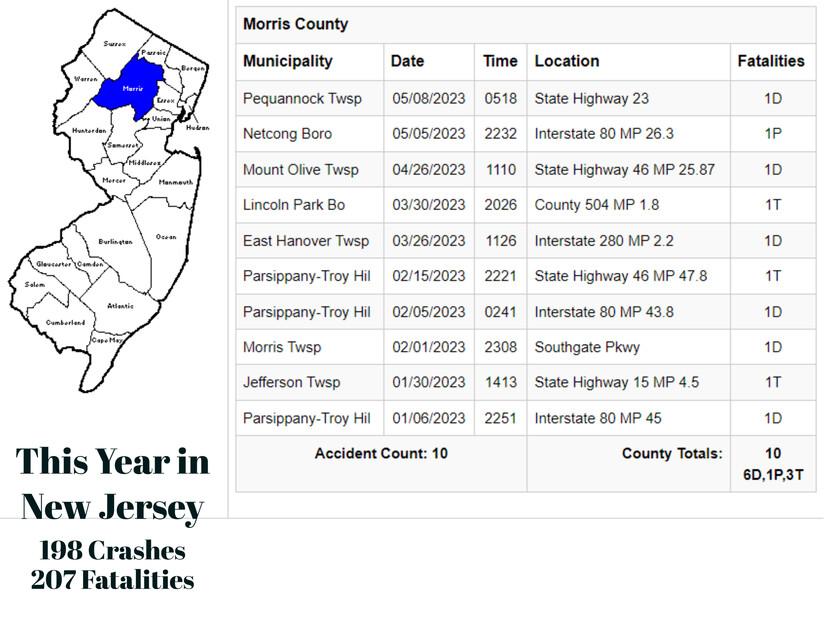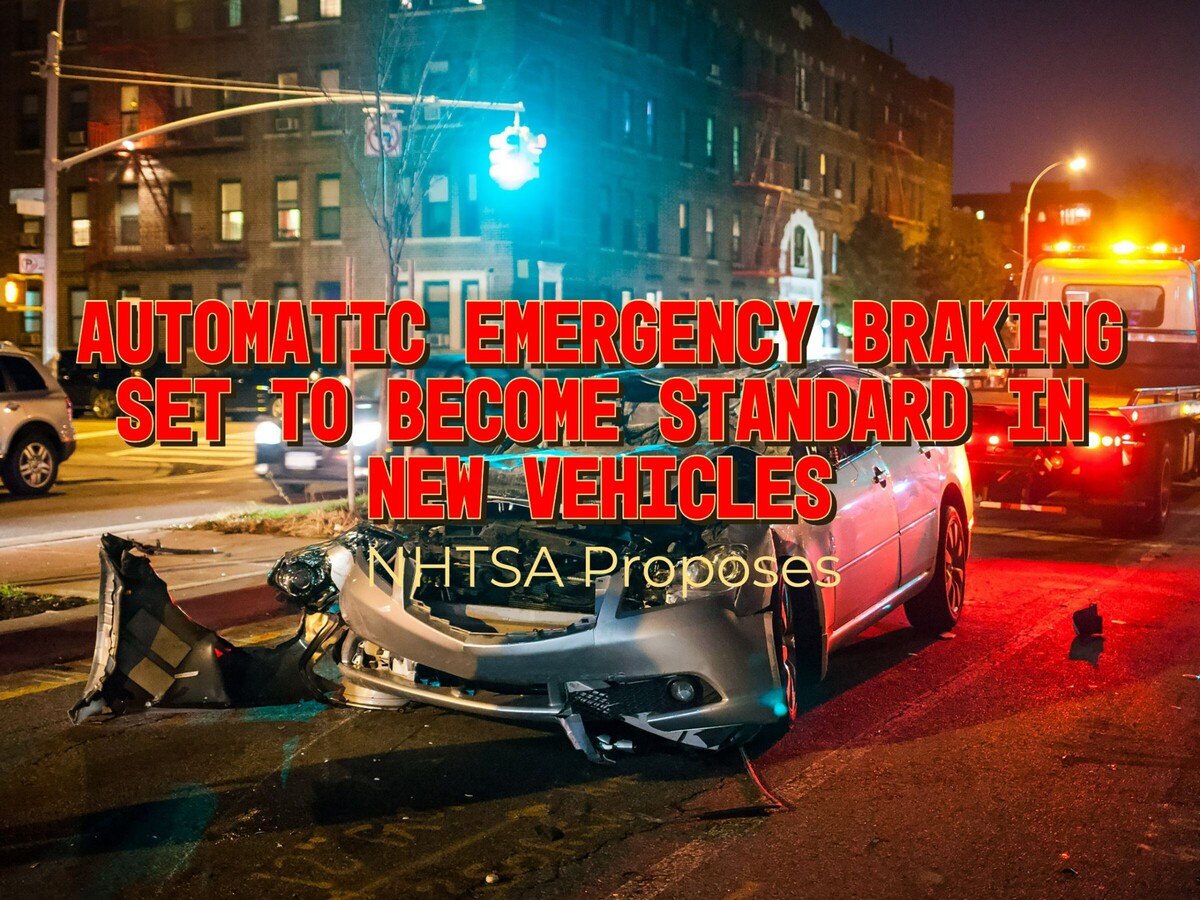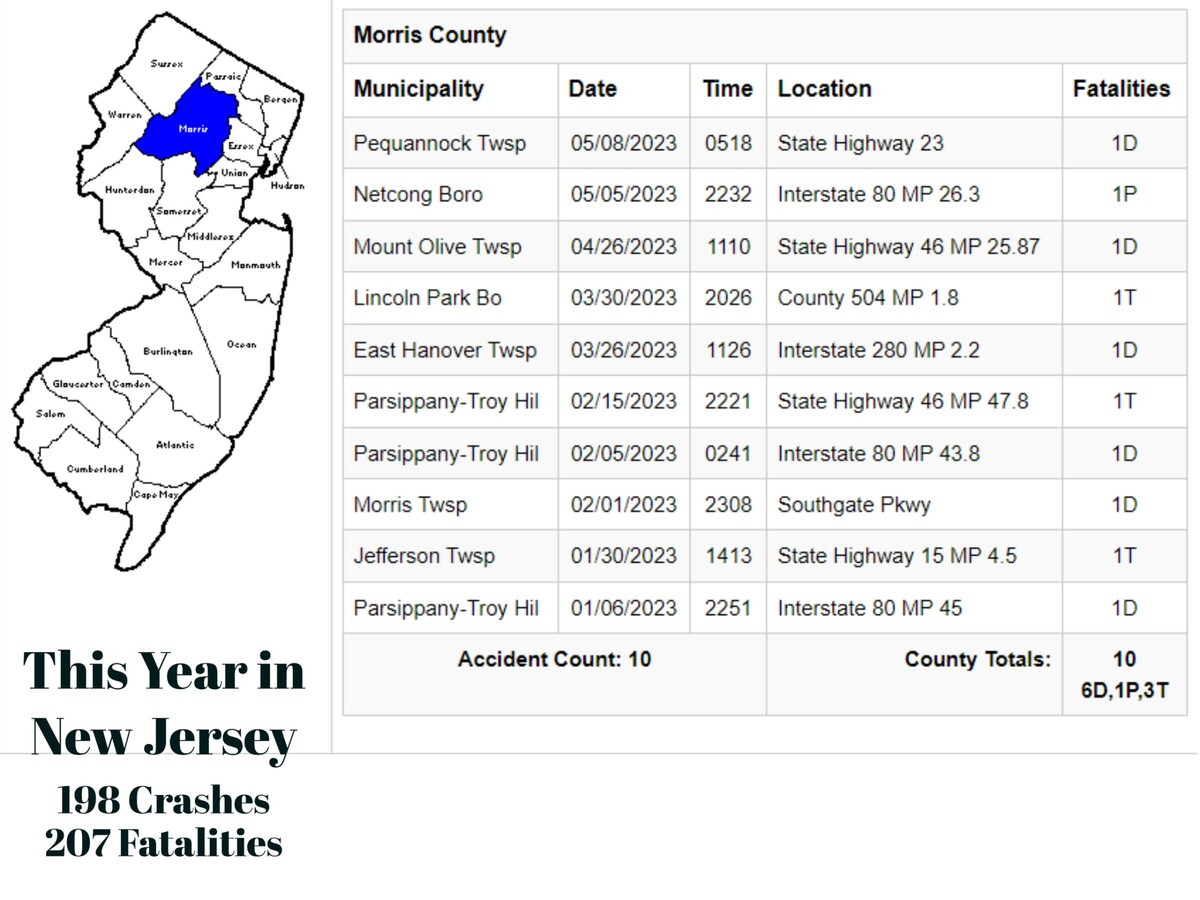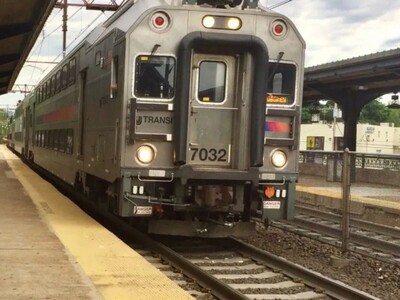Automatic Emergency Braking Set to Become Standard in New Vehicles, NHTSA Proposes
A New Rule Proposed by the US Dots NHTSA Would Mandate Automatic Emergency Braking (Aeb) Systems on All New Passenger Cars and Light Trucks.
WASHINGTON - The U.S. Department of Transportation’s National Highway Traffic Safety Administration (NHTSA) announced a Notice of Proposed Rulemaking on Tuesday that would mandate automatic emergency braking (AEB) systems on all new passenger cars and light trucks. This groundbreaking technology is projected to considerably reduce pedestrian accidents and rear-end collisions.
In a bid to transform road safety, the NHTSA estimates that the proposed rule, if enacted, would save at least 360 lives annually and prevent a minimum of 24,000 injuries. Alongside the substantial human benefits, the AEB systems are also expected to decrease property damage caused by rear-end crashes. The technology works by sensing imminent collisions and automatically applying the vehicle's brakes, thereby reducing crash severity or even averting the crash entirely.

U.S. Transportation Secretary Pete Buttigieg heralded the proposed rule as an "important step forward to save lives and make our roadways safer for all Americans.” Drawing parallels to previous game-changing safety innovations like seat belts and airbags, Secretary Buttigieg expressed optimism that mandated AEB systems would usher in a new era of vehicle safety.
The proposed rule aligns with the Department's National Roadway Safety Strategy (NRSS), launched in 2023 to address the country's urgent issue of traffic fatalities and serious injuries.
AEB implementation is bolstered by safety funding through President Biden’s Bipartisan Infrastructure Law. Over $800 million in grants were announced earlier this year, aimed at addressing high-crash areas. Additionally, the Department recently launched the next phase of the NRSS, the Call to Action campaign, highlighting the severity of U.S. roadway safety issues.
NHTSA Chief Counsel Ann Carlson emphasized the life-saving potential of the AEB system, stating, "We've seen the benefits of the AEB system in some passenger vehicles already even at lower speeds, and we want to expand the use of the technology to save even more lives.”
If passed as proposed, almost all U.S. light vehicles (with a gross vehicle weight rating of 10,000 pounds or less) will be required to have AEB technology within three years of the final rule's publication. The proposal responds directly to a provision in the Bipartisan Infrastructure Law, aimed at setting minimum performance standards requiring all U.S. passenger vehicles to be equipped with an AEB system.















